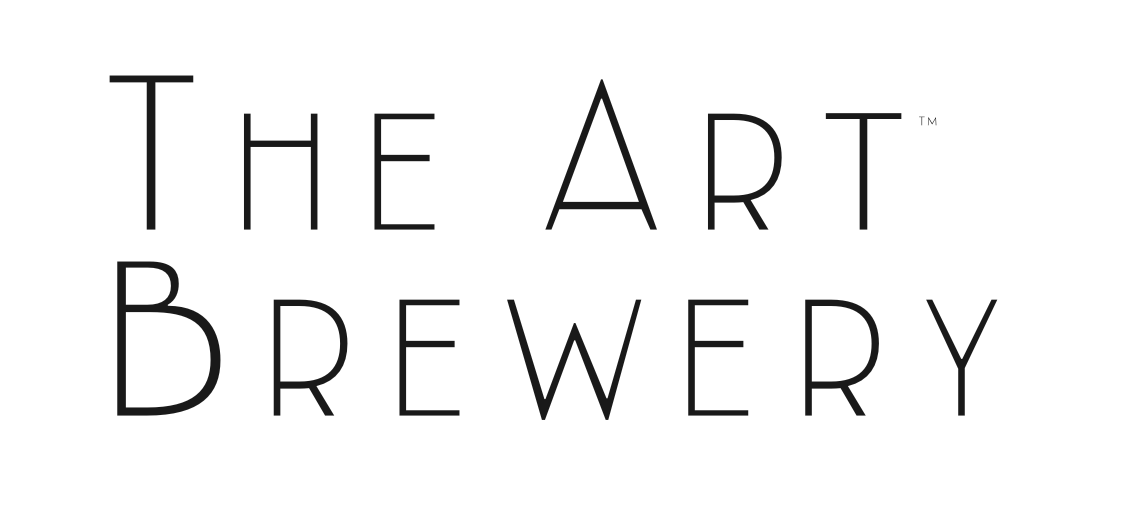
The future of leadership is human: Why perspective-taking is the superpower your team needs now
In boardrooms and Zoom calls around the world, a quiet question pulses beneath the metrics and meetings:
Do I matter here?
It’s the unspoken question behind disengagement, miscommunication, and the quiet erosion of trust. And in a world shaped by hybrid work, rapid change, and AI-driven systems, leaders can’t afford to ignore it.
The most effective tool in today’s leadership landscape isn’t charisma or control—it’s perspective.
Why Perspective-Taking Transforms Leadership
Perspective-taking—the ability to step into another person’s experience and view the world through their eyes—is not a soft skill. It’s a strategic advantage.
Leaders who practice this skill consistently foster:
Psychological safety: Teams feel safe to take risks and speak honestly.
Trust: People feel understood, respected, and valued.
Stronger decisions: Leaders see more clearly by accounting for diverse perspectives and reducing bias.
One large-scale study published in Organizational Behavior and Human Decision Processes found that perspective-taking significantly improved interpersonal accuracy and reduced stereotyping—both of which boosted team creativity and collaboration (Hoever et al., 2012)¹.
When people feel understood, they don’t just stay—they engage.
Neuroscience Meets Leadership: Pareidolia and Perspective
At The Art Brewery, we help leaders access this superpower through the lens of neuroscience.
Our workshops use pareidolia—the brain’s innate tendency to find meaning in abstract stimuli—as a gateway to perspective-taking. Through interpreting carefully designed inkblots, leaders begin to explore how perception is shaped by bias, memory, and context.
The science is compelling: brain imaging studies show that perspective-taking activates the medial prefrontal cortex, a region associated with empathy, moral reasoning, and problem-solving (Zaki & Ochsner, 2012)².
In other words: when leaders learn to see differently, they learn to lead differently.
From Theory to Practice: Habits That Shift Culture
In our Human-Centered Leadership workshop series, we guide leaders beyond theory—into lived, embodied practice. Each session builds practical habits that drive trust, inclusion, and engagement.
Workshop 1: Expanding Perspectives
Through the lens of pareidolia and abstract inkblot exercises, leaders explore how unconscious bias influences what—and who—they notice. They learn to recognize that multiple truths can coexist.
Workshop 2: Talking & Seeking Perspective as a Habit
Leaders build the habit of asking perspective-seeking questions. They learn to hold space for input before reacting, and to listen not just for answers—but for insight.
Workshop 3: Check-Ins That Connect
We teach leaders how to make check-ins human again. They learn how to create presence, build psychological safety, and practice the “walk away” principle—ensuring employees feel heard, not micromanaged.
Together, these practices strengthen relationships, elevate inclusion, and reinforce psychological safety—a key predictor of engagement, innovation, and retention (Edmondson, 1999)³.
Why This Matters More Than Ever
According to McKinsey, 70% of employees say their sense of purpose is closely tied to work—but only 18% feel they get as much purpose as they want from it (McKinsey & Company, 2021)⁵.
That gap won’t be filled with KPIs or quarterly updates.
It’s filled by connection.
By curiosity.
By leaders who say: “Help me understand what matters to you.”
Start With Perspective, Build With Practice
This isn’t about being “nice.” It’s about being effective in a world where people want more than a role—they want to feel seen.
At The Art Brewery, we believe when leaders take the time to see differently, they lead with more trust, more clarity, and more heart. And that changes not just outcomes—but culture.
Ready to Lead With Trust?
Let’s build a culture where every voice is heard—and every perspective counts.
[Explore the Human-Centered Leadership Workshop Series]
References
Hoever IJ, van Knippenberg D, van Ginkel WP, Barkema HG. Fostering team creativity: Perspective taking as key to unlocking diversity’s potential. Organ Behav Hum Decis Process. 2012;118(2):211–223. doi:10.1016/j.obhdp.2012.07.003
Zaki J, Ochsner KN. The neuroscience of empathy: progress, pitfalls and promise. Nat Neurosci. 2012;15(5):675–680. doi:10.1038/nn.3085
Edmondson AC. Psychological safety and learning behavior in work teams. Adm Sci Q. 1999;44(2):350–383. doi:10.2307/2666999
Gallup. State of the Global Workplace 2023 Report. Available from: https://www.gallup.com/workplace/349484/state-of-the-global-workplace.aspx
McKinsey & Company. Help your employees find purpose—or watch them leave. April 2021. Available from: https://www.mckinsey.com/business-functions/people-and-organizational-performance/our-insights/help-your-employees-find-purpose-or-watch-them-leave
